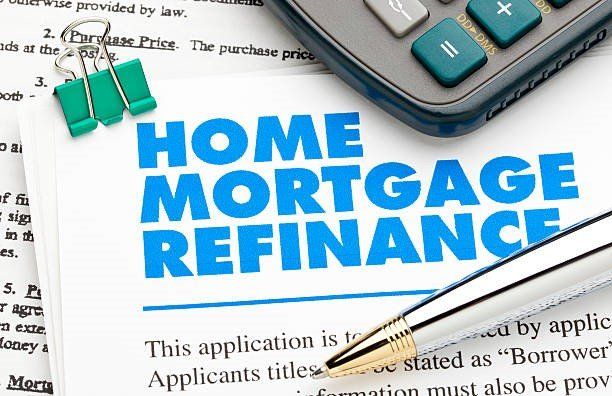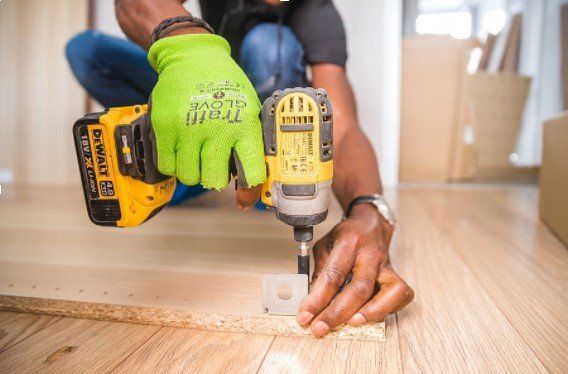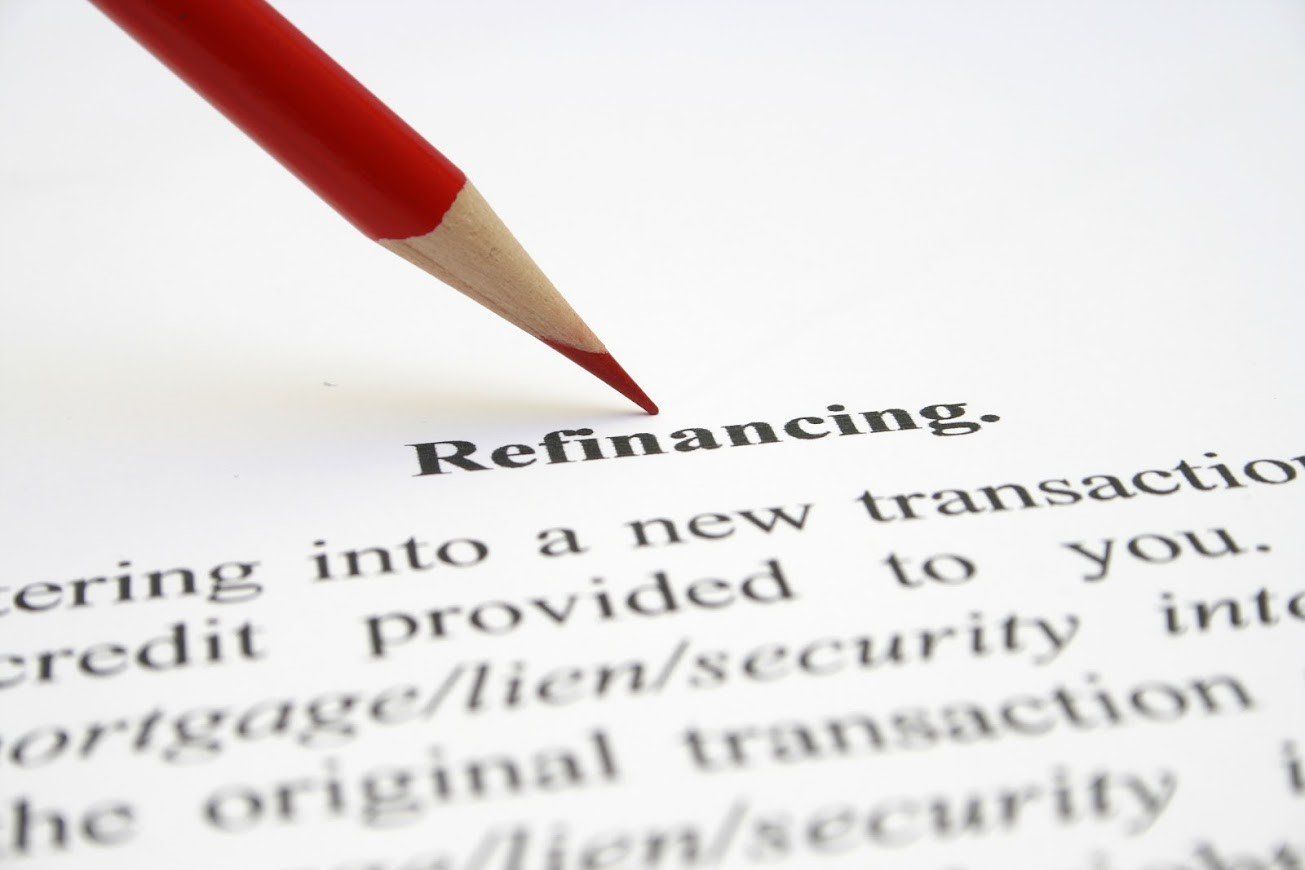Using Home Equity to Pay for Your Child's College Education

Education is one of the best gifts parents can give children, but a college education is expensive. Parents use different ways to pay for their children's education. For example, homeowners can borrow against their homes and use the money to pay for college. Below is an overview and tips on how to do this.
Determine How Much Money You Need
College costs vary a lot. Know how much money the child needs for college to determine whether you qualify for the loan. The costs depend on:
- The type of college: Private colleges usually cost more than public colleges.
- The college location: Some colleges charge more for out-of-state students.
- The courses: Some courses, such as medical ones, cost more than others.
- The additional costs: These include room, board, and books.
Early application will help the child know which colleges they plan to attend and calculate the relevant costs.
Calculate Your Home Equity
Your home equity is the home's value minus the outstanding mortgage. Equity calculations use the current fair market value. All loans against your home reduce its equity, but many people don't have loans against their properties other than mortgages.
Say your home's fair market value is $600,000, but you still owe $400,000 worth of mortgage on it. Your home's equity is $200,000 ($600,000 minus $400,000). Compare the amount you can borrow versus the amount you need to determine whether the loan can meet the college costs.
Note that most financiers won't advance you the whole amount. The percentage varies, but most lenders give between 80% and 90% of the home equity. For example, you can expect between $160,000 and $180,000 for a home equity of 200,000. Lenders use such percentages to err on the side of caution and protect their investment.
Choose the Right Loan
Loans against home equity come in two forms.
Home Equity Loan
A home equity loan comes as a lump sum payment with a fixed interest rate. The loan is suitable for one-time expenditures, such as home renovation.
Home Equity Line of Credit (HELOC)
The lender allows you to tap into your HELOC as you need, up to your loan limit, just as you would with a credit card. HELOCs have both fixed and variable interest rates. HELOCs have two terms.
The first is the borrowing term, while the second is the repayment term. For example, a 5-year borrowing term means you can borrow any amount within five years as long as the total does not exceed your loan limit. You cannot borrow once the borrowing term elapses. A 10-year repayment term means you must repay the total amount you borrowed within ten years.
You can choose between a home equity loan and a HELOC to finance your child's education, but the HELOC is often better. For example:
- College costs don't come as a lump sum; a HELOC allows you period borrowing, like for every year to pay for tuition.
- You can pause borrowing if the child takes a break in their studies.
- You can play the repayments to start after the child graduates.
Evaluate your needs and financial circumstance to help you choose the right loan.
Confirm Repayment Ability
Your home is the collateral for a home equity loan, and the lender has the right to repossess it if you default on your repayments. Evaluate your ability to repay the loan and borrow the quantity you can repay. For example, your income might drop after retirement, so carefully determine your loan amount if you are currently approaching retirement.
Secure One Capital Corporation specializes in custom loan solutions for different clients. We promise you low interest rates and first-rate customer service. Contact us for home equity loans and related financing.
















